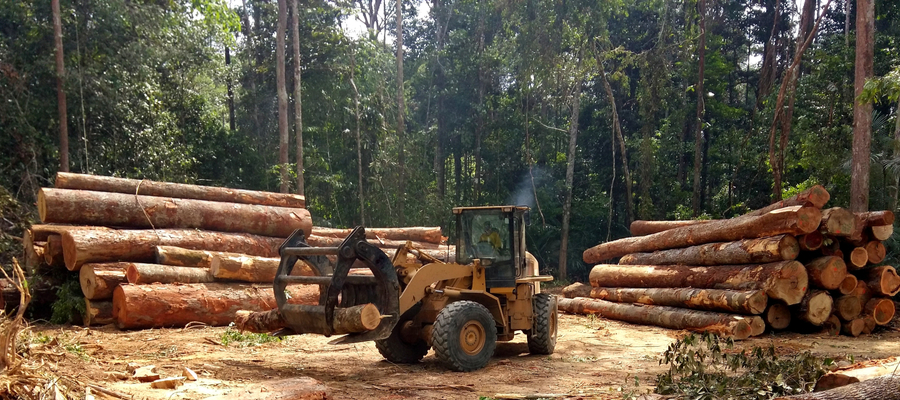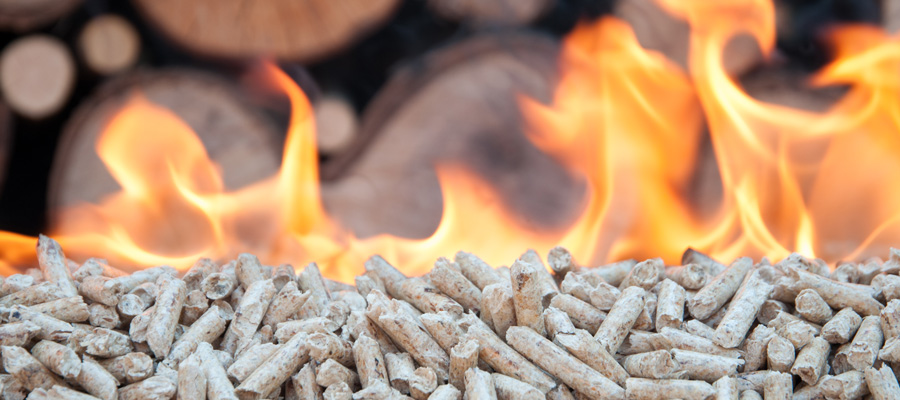Ottawa’s fixation with trees and climate: What exactly are we planting?

By two significant measures, last year’s effort to plant 300 million tree seedlings in Canada’s most forest-rich province was a remarkable achievement.
Not only was it a record for a single year in British Columbia, but it was achieved in the early throes of the first lockdown associated with the then relatively new COVID-19 pandemic.
The planting effort was also notable because a tiny percentage of trees planted were courtesy of the federal government, which typically doesn’t stray into the provincial jurisdiction of forest management.
As part of a suite of initiatives characterized as “real solutions to help tackle the climate crisis,” the federal government has committed to pay for two billion trees to be planted across Canada in 10 years.
Ottawa claims that once those trees are planted and have grown sufficiently, Canada’s greenhouse gas emissions will be reduced by 12 million tonnes per year by 2050.
The federal government will pay for two billion trees to be planted across Canada in 10 years.
But even at the best of times, such claims are dubious given the incredibly dynamic events at play in our forests.
Governments around the world, Canada’s included, tend to focus narrowly on the carbon benefits associated with tree-planting while largely or completely ignoring the debit side of the ledger.
This does not mean we shouldn’t plant trees. But it does mean that if governments want to harness the carbon-storing potential of trees in their climate action plans they should be compelled to fully and transparently account for all the ways in which forests and forest products can be significant carbon sources.
One of the biggest items on the debit side of the ledger is wildfires, which federal scientists long ago predicted will increase as a result of climate change. In 2017 and 2018, wildfires in British Columbia burned the equivalent of two Prince Edward Islands of forest.
In each of those years, the greenhouse gas emissions associated with those wildfires were estimated to be three times more than all of the province’s officially counted sources combined. Yet, magically and conveniently, the wildfire emissions are not part of Canada’s official tally, against which its “progress” on climate change is measured.
One of the biggest items on the debit side of the ledger is wildfires.
Canada is not alone in excising the substantial emissions from wildfires from its official greenhouse gas emissions inventories, on grounds that wildfires are largely beyond its ability to control. But there’s no denying the substantial emissions associated with wildfires, and their contribution to the unfolding climate crisis.
Underscoring the risks associated with planting trees, some of the federally funded efforts last year were on forestlands that had burned only years earlier.
Also on the debit side, are forest products that are deliberately burned on the spurious grounds that wood-burning is a climate friendly alternative to coal, wood being a “renewable resource.”
In 2021, the Wood Pellet Association of Canada published a map showing a total of 47 wood pellet mills in Canada, 14 of which are in British Columbia, the most of any Canadian province. Most of Canada’s pellets go to Europe, where companies like Drax burn them by the millions of tonnes to generate heat and spins turbines. The resulting electricity is deemed carbon neutral because the trees the pellets originated from will theoretically be replaced by new trees.
Canada’s pellet industry initially emerged to utilize the excess waste wood chips from sawmills.
Disturbing evidence has emerged of pellet mills using massive amounts of logs.
But disturbing evidence has emerged of pellet mills using massive amounts of logs to convert directly to pellets. And that’s bad news from a carbon perspective, because logging results in carbon emissions, which are only counteracted over time by planted or naturally reseeded trees.
In addition, plans have surfaced to build the largest wood pellet mill in Canada in Fort Nelson; a mill that would feed from day-one not on “residual” chips from sawmills, but on whole trees.
The considerable carbon debits associated with wildfires, logging and wood pellet burning are left largely unaddressed by Ottawa, casting serious doubts on claims that planting 2 billion trees will lower Canada’s greenhouse gas emissions.
In the absence of true accounting that itemizes both the credit and debit sides of the forest ledger, Ottawa’s tree-planting efforts amount to planting seeds of doubt.
This commentary first appeared in The Hill Times.
Topics: Climate change & energy policy, COVID-19, Environment, resources & sustainability


